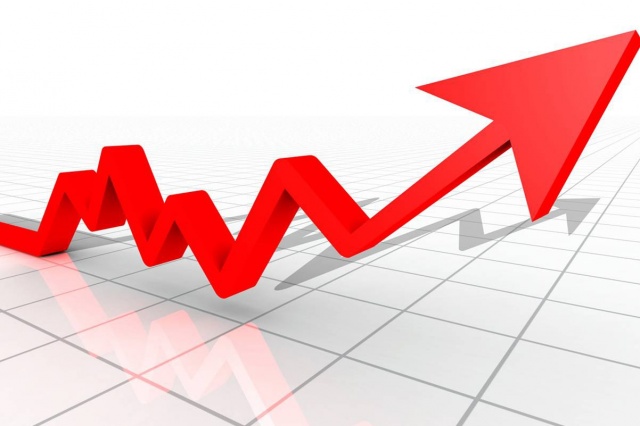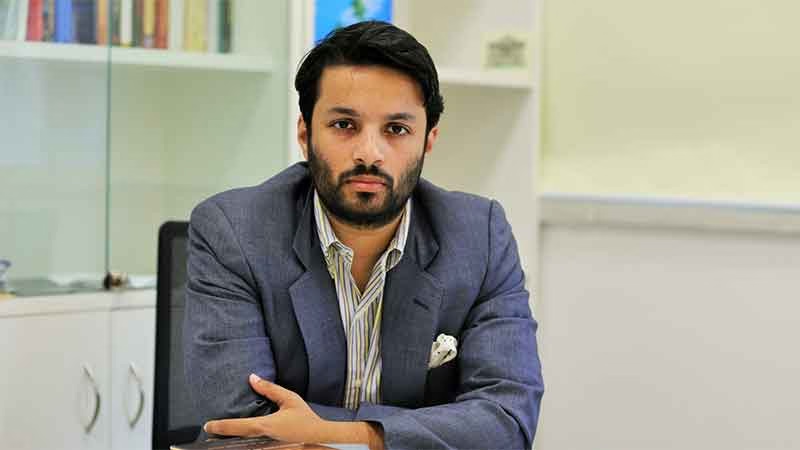
Finance Minister Nirmala Sitharaman is celebrating these days — and on paper, she has reason to. She recently took to X (formerly Twitter) to share that India’s GST collections this year have surged 12.6% over last year, with net GST revenue rising 9.1%, hitting ₹2.09 lakh crore. Sitharaman proudly called these numbers a sign of India’s strong economy.
But here’s the big question: If the economy is booming, why does India’s middle class — the same middle class that flourished after the liberalization of the 1990s — feel left behind? Why is their economic confidence shaking despite these impressive government stats?
The Bitter Truth Behind the Numbers
Look past the headlines, and you’ll find troubling signals. RBI data shows household debt rising sharply — from 35% of GDP in March 2020 to 43% by June 2024. White-collar hiring has dropped 8% compared to two years ago, even as the number of job-seeking graduates has jumped by 20%.
The IT sector, once India’s shining star, has been hit the hardest. IT hiring is down 20–30%, even before the full impact of AI disruption has arrived. Freshers are joining big firms at salary levels seen a decade ago, without real income growth.
Marcellus Investment’s Saurabh Mukherjea points out that, in real terms, the middle class has seen its purchasing power nearly halved over the past 10 years. Consumption is slowing, biscuit and soap sales are shrinking, and many middle-class families are sinking into debt traps — selling property or mortgaging gold to stay afloat.
Who Is the Indian Middle Class?
Definitions vary. Some say it includes families earning ₹3–30 lakh annually; others stretch it up to ₹1 crore. Broadly, they make up about 20–30% of India’s population. But they’re crucial — they are the fuel for the economy.
It’s not the ultra-rich who sustain industries; it’s middle-class families spending on clothes, phones, education, vehicles, and entertainment that keep demand alive. This pattern powered growth in countries like the U.S., Germany, China, and Vietnam.
India’s middle class saw its best years post-1990s reforms, doubling their market capacity between 2003–2013. But things started sliding around 2012, worsened by the delayed aftershocks of the 2008 global recession, and since then, promises of Acche Din have struggled to materialize.
Slowing Growth, Shrinking Jobs
Reports like Naukri JobSpeak show IT hiring down by up to 30%. Retail, banking, and logistics are not faring better. Unemployment before COVID stood at ~15%; now it’s closer to 20%. Even where jobs exist, wages lag behind inflation.
Freshers are being squeezed, sometimes asked to work 70-hour weeks, but salaries have barely moved. FICCI reports show salary hikes in the last five years have failed to keep pace with inflation.
Incredibly, sales of even basic goods like soaps, detergents, and two-wheelers are falling. Net FDI is declining, Indian companies are investing more abroad, and the GDP growth rate, stuck around 6.5%, falls short of the 8% needed to hit the $5 trillion economy target by 2028–30.
The Rising Debt Trap
From 2021 to 2024, personal loans and retail credit grew by 70%. Middle-class families now pay around 33% of their salaries just in EMIs. Alarmingly, about 25% of borrowers hold multiple loans — personal loans, home loans, credit cards.
Household savings have fallen to the lowest level in 50 years. Many families don’t even have emergency funds. People are increasingly mortgaging gold, often seen as a last resort, just to cover day-to-day expenses.
This crushing debt leaves middle-class workers powerless — trapped in long work hours, poor conditions, and without the flexibility to take risks like launching startups or switching careers.
Why Should We Care?
Without middle-class consumption, businesses can’t grow, jobs don’t multiply, and poverty reduction stalls. India’s demographic dividend — a large, young workforce — gives us a 30-year window. But if jobs, incomes, and opportunities don’t improve, we risk becoming a “poor country with old people” before we ever become rich.
Tax relief was announced post-2024, but GST hikes and petrol prices claw back much of that benefit. Despite middle-class taxpayers contributing more to the treasury than corporate tax, they continue to face poor infrastructure, crumbling healthcare, inadequate education, and worsening air quality — all fundamental needs for long-term growth and investor confidence.
The Silent Time Bomb
Banks are now sending recovery agents to middle-class homes, squeezing money even for not maintaining minimum balances. Debt management companies are mushrooming, promising to “sort out your life.”
Middle-class families, unlike billionaire fraudsters, can’t flee the country or restructure giant debts. They are trapped — one medical emergency or job loss away from financial collapse.
The middle class isn’t just suffering quietly; they are becoming an economic time bomb. Unless India’s leaders take meaningful steps — not just temporary tax cuts, but structural reforms, investments in job creation, education, healthcare, and infrastructure — this ticking bomb could explode.
Final Thought: Will India Act Before It’s Too Late?
Without targeted relief and a clear action plan, India risks losing its demographic advantage. Ignoring the middle class will slow consumption, stall investments, and choke future growth.
Finance Minister Sitharaman’s celebration over GST numbers may be well-intentioned, but the real strength of India’s economy lies not in government revenues — it lies in the dreams, aspirations, and financial health of its middle class. If they falter, so does the nation’s future.
It’s time to face these bitter truths — and act. Before the window closes!
Subscribe to Our Newsletter
Get the latest CounterCurrents updates delivered straight to your inbox.
(Mohd Ziyauallah Khan is a freelance content writer & editor based in Nagpur. He is also an activist and social entrepreneur, co-founder of the group TruthScape, a team of digital activists fighting disinformation on social media.)















































